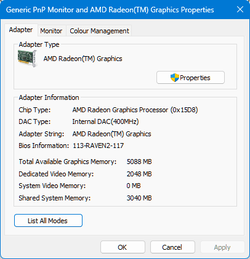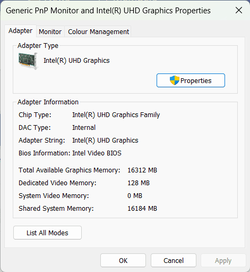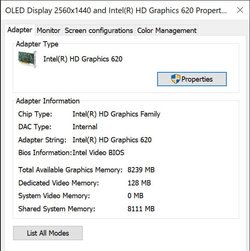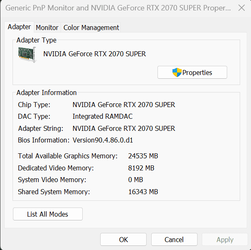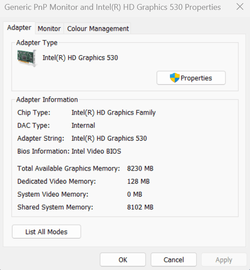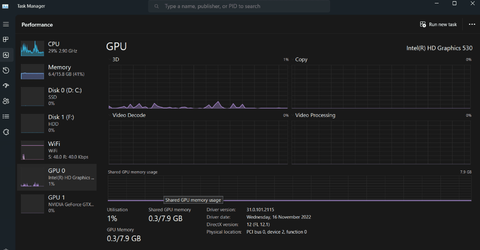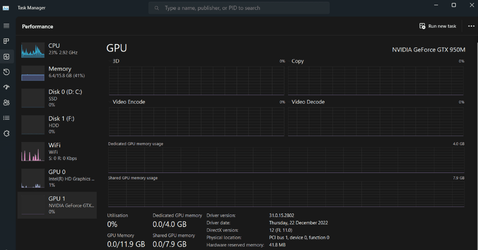Ok, Hardware Guys. Clear me up on something as I don't claim to know a whole heck of a lot about hardware. This is a hypothetical question for knowledge only since I use dedicated graphics.
I have always thought that one of the benefits of using a dedicated GPU was that it freed up all the system ram graphics used for other functions(let's use a 8 gb GPU and 16 gb system ram as an example). I just assumed that the 8 GB of ram onboard the GPU was the max amount of ram that could be used for graphics processing leaving 16 gb available for other use. I thought that if one's graphics needs maxed out the GPU ram, that was it. He would get a bsod or freeze, etc. Are you saying, depending on graphics load, Windows will first use the 8 gb on the GPU and if load requires more, it will then use whatever amount of system ram is reserved? If that be true, my above assumption has been out of whack for years. I have actually had a case of two where a system was maxed out on ram so I incorrectly told a user installing a dedicated GPU would make all his system ram available for other Windows use. How does the amount of reserved ram get calculated when a dedicated GPU is installed. Is this reserved amount strictly set by bios or is it set by Windows? Inquiring minds want to know.
More and more, I'm learning it's never good to assume.



